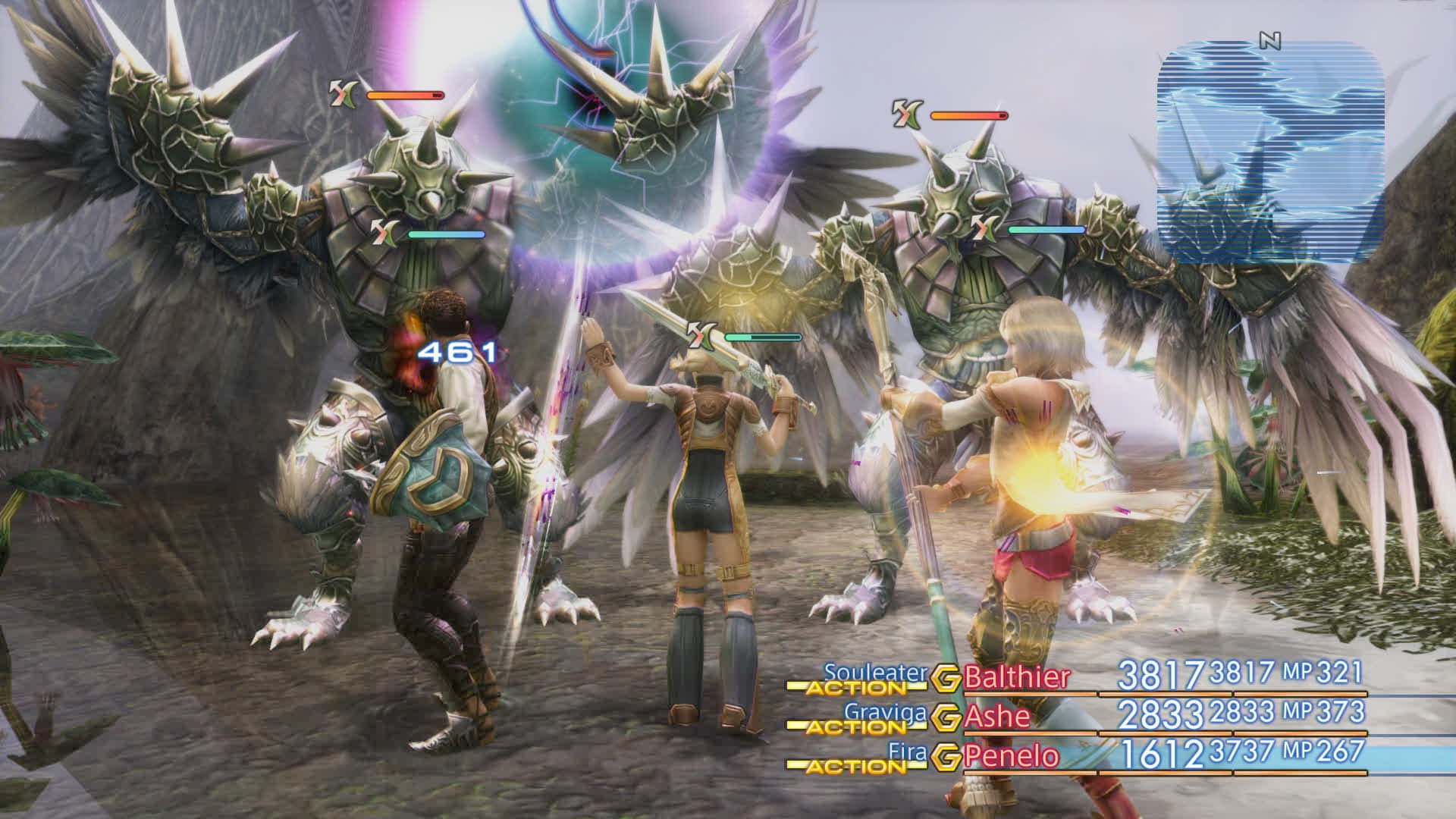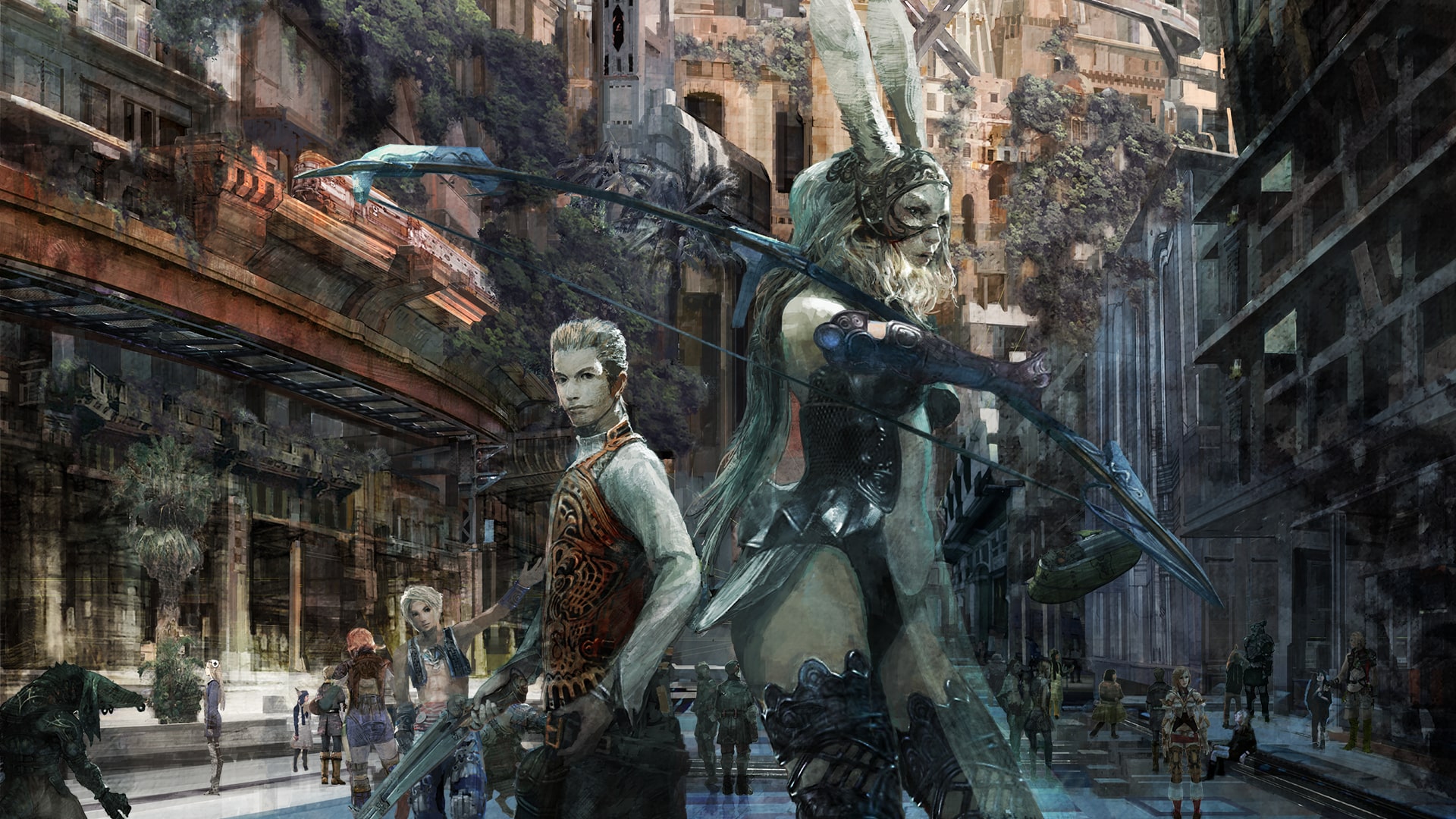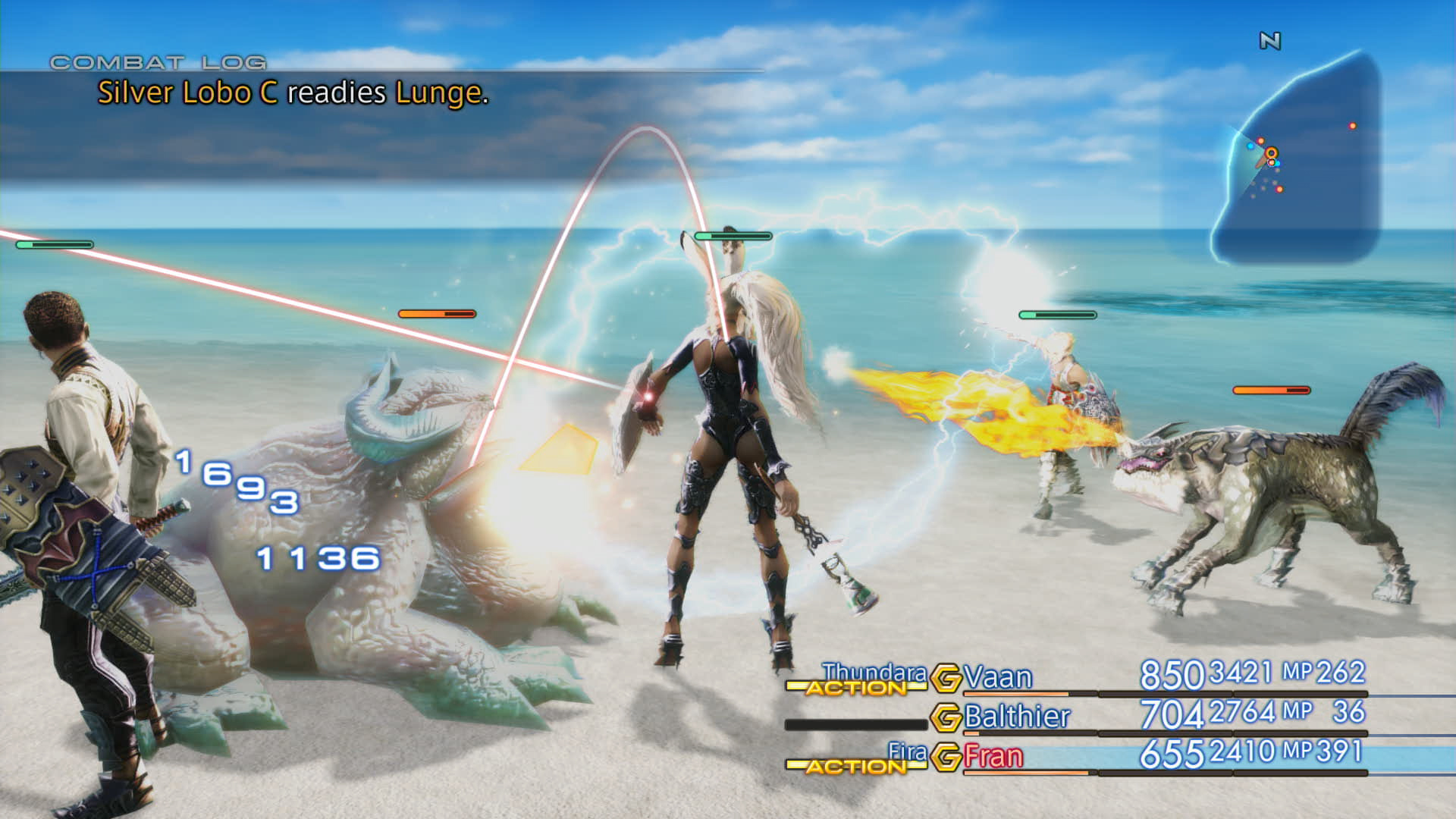

It’s a shame, then, that the story’s main villain feels completely melodramatic-and not in a fun way. The supporting cast is great as well and I was surprised at just how much I cared about everyone’s wellbeing. Watching the ragtag group slowly learn to trust each other was an absolute delight, and this ensemble is one of the best in the series.

The arcs of Basch, Ashe, and Balthier easily steal the show, though I still found myself invested in the others as well, despite my desire for the script to do something more with them. There’s Basch, a noble knight trying to uphold his sworn and sacred duty Ashe, a princess who questions how far she’ll go to reclaim her kingdom Balthier and Fran, a pair of sky pirates trying to outrun their pasts and Vaan and Penelo, orphans who lost everything and are simply looking for their place in a war-torn world. While I loved the customizable combat, what truly captivated me was the game’s cast. The system can seem intimidating at first, but it becomes a lot of fun once you purchase more Gambits and start experimenting.


Heals for status ailments and use of Ethers for low MP came next, with my final Gambit being “Foe: party leader’s target – Attack.”.īecause of the priorities of the Gambits, my White Mage would revive a fallen ally before they would heal a character with less than 40% of their HP, and they’d only attack an enemy if the previous conditions had yet to be fulfilled. The next Gambit set was “Ally: HP < 40% – Curaja,” which healed my entire party whenever one ally’s HP was below 40% of their overall health. After your Gambit is set, you’re then able to specify its priority.įor example, the top Gambit for my White Mage in the game’s final act was “Ally: Status = KO – Arise,” which meant that my fallen party member would be revived with full health. You set a target (“Foe,” “Ally,” or “Self”), a condition (such as “Status = Stone”), and an action to be used when the condition is met (such as “Esuna”). Gambits essentially let you do some simple programing of your AI companions. Just like in the original, the unique combat mechanic known as Gambits is what sets XII apart from any other game in the series. Based on the Japan-only enhanced edition of XII, titled “International Zodiac Job System,” the game now boasts a ton of new features that truly bring the original into the modern era. Enter Final Fantasy XII: The Zodiac Age, an HD remaster that seeks not only to reintroduce the game to players, but to make sure they get a better experience than they originally could. HD remasters are a dime a dozen nowadays, and while I’m a big fan of presenting great games to a new audience, I’m always a little let down by the fact that the problems that plagued the original are often never really fixed.


 0 kommentar(er)
0 kommentar(er)
